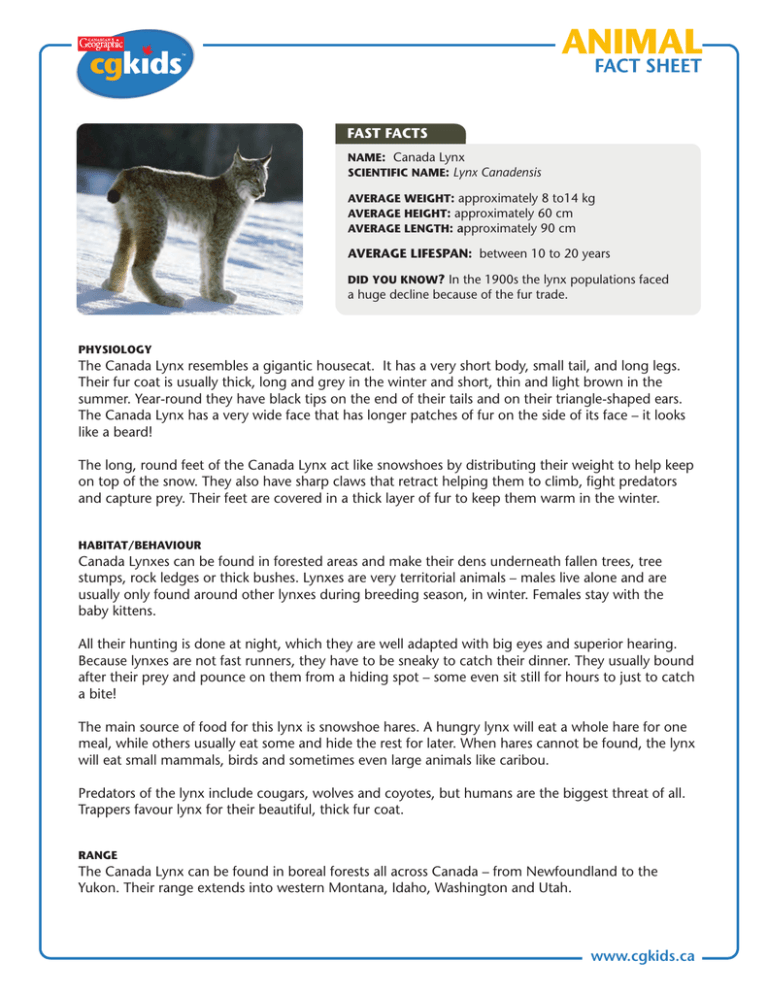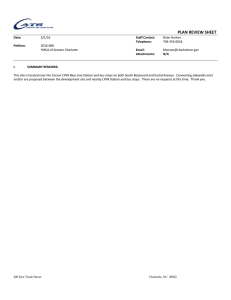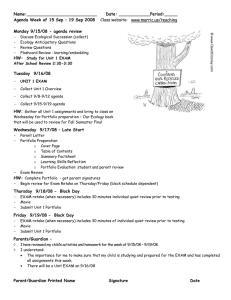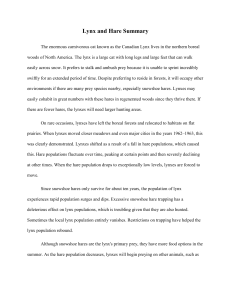animal - Canadian Geographic
advertisement

ANIMAL FACT SHEET FAST FACTS NAME: Canada Lynx SCIENTIFIC NAME: Lynx Canadensis AVERAGE WEIGHT: approximately 8 to14 kg AVERAGE HEIGHT: approximately 60 cm AVERAGE LENGTH: approximately 90 cm AVERAGE LIFESPAN: between 10 to 20 years DID YOU KNOW? In the 1900s the lynx populations faced a huge decline because of the fur trade. PHYSIOLOGY The Canada Lynx resembles a gigantic housecat. It has a very short body, small tail, and long legs. Their fur coat is usually thick, long and grey in the winter and short, thin and light brown in the summer. Year-round they have black tips on the end of their tails and on their triangle-shaped ears. The Canada Lynx has a very wide face that has longer patches of fur on the side of its face – it looks like a beard! The long, round feet of the Canada Lynx act like snowshoes by distributing their weight to help keep on top of the snow. They also have sharp claws that retract helping them to climb, fight predators and capture prey. Their feet are covered in a thick layer of fur to keep them warm in the winter. HABITAT/BEHAVIOUR Canada Lynxes can be found in forested areas and make their dens underneath fallen trees, tree stumps, rock ledges or thick bushes. Lynxes are very territorial animals – males live alone and are usually only found around other lynxes during breeding season, in winter. Females stay with the baby kittens. All their hunting is done at night, which they are well adapted with big eyes and superior hearing. Because lynxes are not fast runners, they have to be sneaky to catch their dinner. They usually bound after their prey and pounce on them from a hiding spot – some even sit still for hours to just to catch a bite! The main source of food for this lynx is snowshoe hares. A hungry lynx will eat a whole hare for one meal, while others usually eat some and hide the rest for later. When hares cannot be found, the lynx will eat small mammals, birds and sometimes even large animals like caribou. Predators of the lynx include cougars, wolves and coyotes, but humans are the biggest threat of all. Trappers favour lynx for their beautiful, thick fur coat. RANGE The Canada Lynx can be found in boreal forests all across Canada – from Newfoundland to the Yukon. Their range extends into western Montana, Idaho, Washington and Utah. www.cgkids.ca






